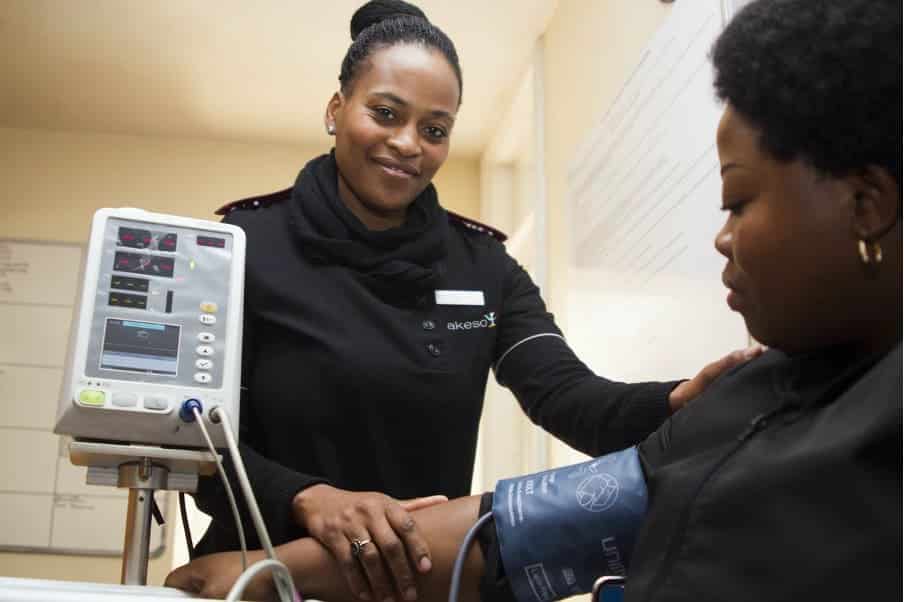Despite the prevalence of chronic kidney disease, which affects thousands of people each year, there are still no known methods for completely curing failing kidneys. However, multiple treatment methods are available if your kidney disease progresses to this stage.
Dialysis is the most common treatment for end-stage renal disease and also one of the most accessible methods for most people. It can prevent further damage to your body and help reduce the frequency and severity of painful symptoms.
What Is Dialysis?
If you've been diagnosed with chronic kidney disease, you've probably heard your doctor mention dialysis as a possible treatment method at some point. Dialysis should not be needed when the kidney disease is still in its early stage, but it may become necessary if your condition progresses to end-stage renal disease.

End-Stage Renal Disease
Dialysis is the most common treatment method for people whose chronic kidney disease has progressed to end-stage renal disease, also known as kidney failure.
When your kidneys fail, they can no longer filter your blood on their own. They may be able to partially function, but they're only working at a fraction of their former efficiency, which means toxic substances build up and various minerals that can be harmful in high concentrations.
To remove these toxins from your blood, you need outside help, where dialysis comes in.
Chronic Kidney Disease Treatment With Dialysis
Dialysis essentially replaces the function of your kidneys, removing the build-up of waste, sodium, potassium, phosphorus, and excess water. It's typically performed multiple times a week and usually at the hospital or dedicated care facility, though you may also be able to do dialysis at home.
Using dialysis as a chronic kidney disease treatment can prolong your lifespan after kidney failure. However, it is not a perfect solution. The survival rate for one year on dialysis is about 80%, which drops to about 50% after five years.
Due to dialysis's low long-term survival rate, kidney transplantation is a more desired treatment method; however, long waitlists make transplants inaccessible for many people. Dialysis has improved over time, and many minds are still hard at work looking to improve its success rate in the long term.

Winco Three Position Drop Arm CareCliner,40
from: Health Products For You
Different Types of Dialysis
There are two different types of dialysis: hemodialysis and peritoneal dialysis. Your doctor can assist you in choosing the proper treatment method for you.
Hemodialysis
Hemodialysis involves the use of a hemodialyzer to filter your blood. Blood is taken from your body via a catheter in your arm or leg, filtered to remove waste and toxins, and then returned to your body through a second catheter.
Each hemodialysis session lasts about three to four hours, and this procedure is performed three times a week.
You may experience discomfort during dialysis due to either the insertion of the needle to draw blood or a drop in your blood pressure.
People sometimes report feeling dizzy, tired, or nauseous. However, the process shouldn't be painful, and most side effects diminish over time.

Peritoneal Dialysis
Unlike hemodialysis, peritoneal dialysis involves filtration inside the body. You can achieve this through several methods, most of which involve dedicated machines that pump dialysate into your abdomen.
While you can perform automated peritoneal dialysis (APD) and a few other types at home, sometimes even while you're asleep, they need to be performed much more frequently than hemodialysis. Most require multiple sessions a day.

Advancements in Dialysis
Dialysis can be traced back to the 1940s, and it's been a standard treatment method for people with kidney failure since the 1960s. Since then, it has evolved in many ways and helped thousands of people enjoy a better quality of life after kidney failure.
CAPD
One of the most significant advancements in dialysis was a new type of peritoneal dialysis created in 1976, known as continuous ambulatory peritoneal dialysis (CAPD). This is currently the only type of dialysis that can be done without machines and, thus, provides a viable, minimally intrusive home treatment option for many people.
CAPD involves using a catheter to flush dialysate into your peritoneal cavity. Once the dialysate is inside the cavity, you can leave it for four or five hours while you go about your day as usual. You then will extract the fluid from the abdomen and discard it. People using CAPD as their primary treatment method will repeat this multiple times throughout the day.
Conclusion
While dialysis may not be able to help you achieve full recovery from chronic kidney disease, it's a critical treatment method for thousands of people who suffer from end-stage renal disease. Thanks to the many advancements throughout the years, it's become safer, more convenient, and more effective, making it a viable option if you cannot receive a transplant.



